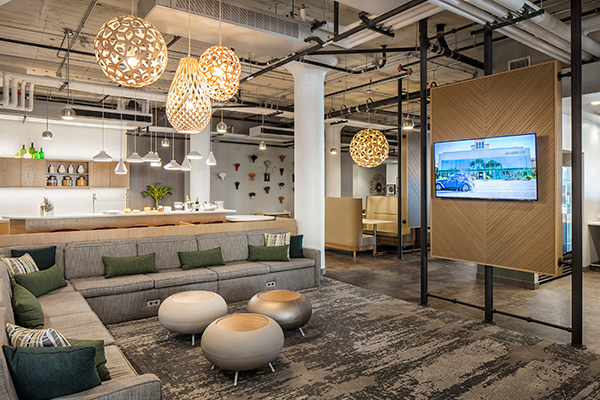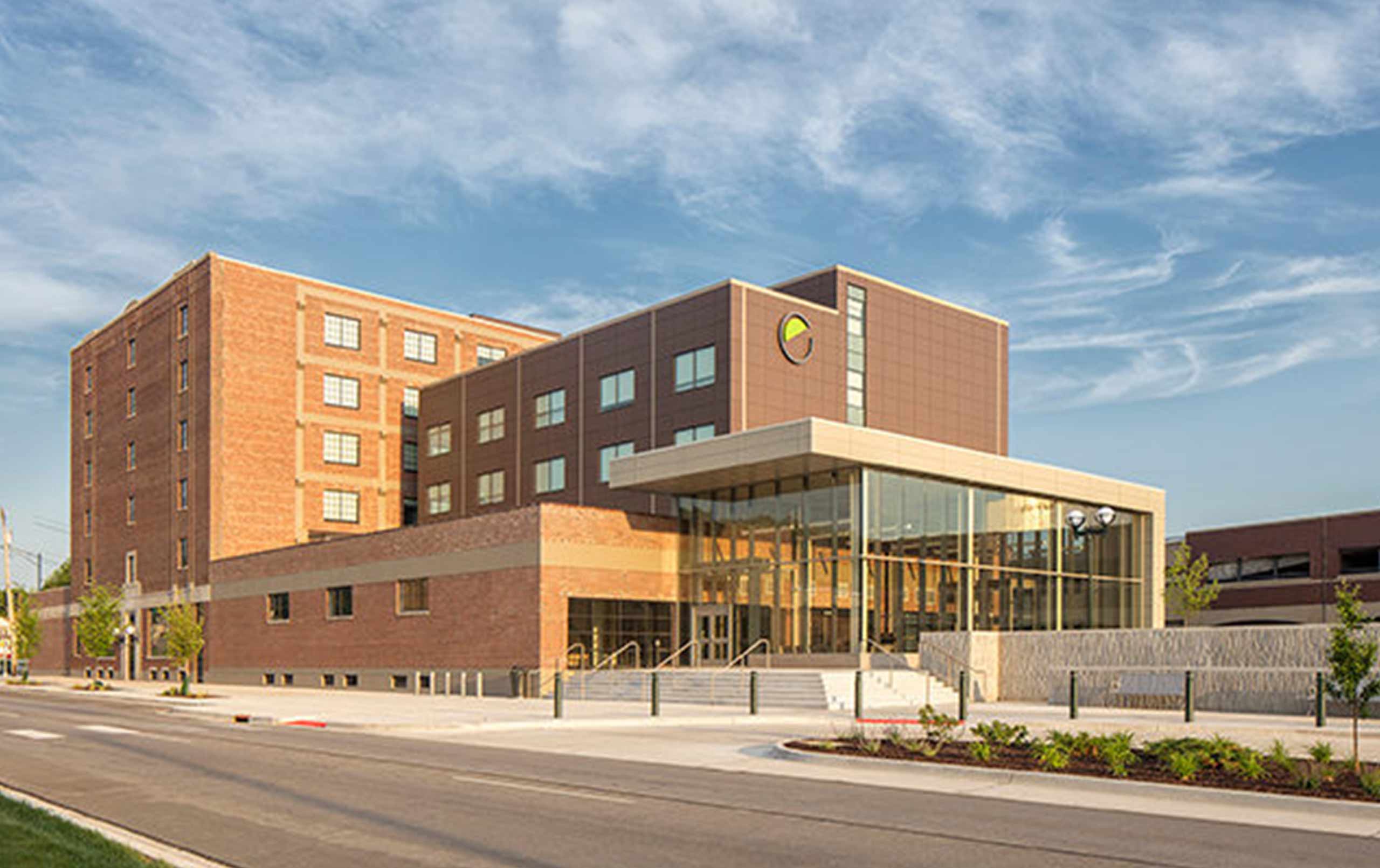
Retrofitting dated facilities offers sustainable and economic benefits for hospitality providers
Finding an open site on which to build a new hotel has become increasingly difficult, especially in urban areas. However, many hospitality brands and developers might be surprised to learn that their next property might already be built.
The transformation of older buildings into different uses (also called retrofitting, adaptive reuse, or repurposing) offers several benefits: less costly, faster construction, and no imposing on land. Additionally, repurposing gives hospitality providers an opportunity to create a unique guest experience by fitting a franchised hotel into an established urban environment.
In my last post (Customer and Context), I discussed how design that considers guest preferences and a building’s surroundings can make a big impact. The adaptive reuse project is one effective way of achieving that goal—not only do retrofitted hotels intrigue both locals and out-of-towners, but they also “belong” right off the bat since they’re moving into a facility that’s always been there. Moreover, occupying an established building eliminates many aesthetic conflicts that might otherwise occur during the design process.
One example of a successful adaptive reuse hotel is Marriott International’s Element Moline (Illinois). The project converted a 100-year-old warehouse into a 96-room extended-stay hotel. When guests walk in, they aren’t just entering a place to spend the night . . . they’re entering a story rich in history and sustainability.
Element Moline, designed by Legat and Sheedy/DeLaRosa Interiors and built by Russell, recently received “Best Hotel: Focused Service” honors in BDNY’s Gold Key Awards for Excellence in Hospitality Design. Judges were impressed by “a great deal of innovation in fitting the brand prototype into a non-prototypical facility.”
Let’s delve into this story to learn more about the benefits of adaptive reuse.
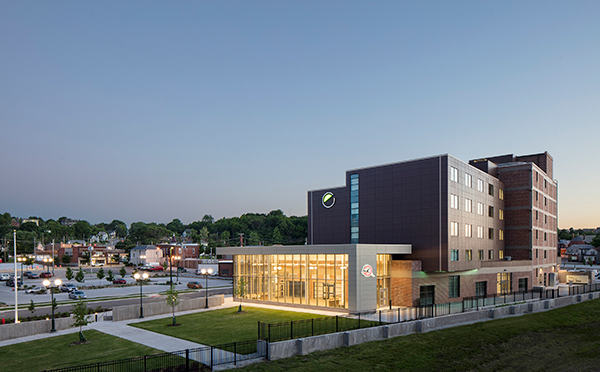
1. Get into the Mix to Reap the Benefits
The Element Moline project exemplifies how adaptive reuse works particularly well for hospitality projects in mixed-use settings due to the symbiotic nature of the components.
Several years ago, the Quad Cities, a growing region that includes two Illinois cities (Moline, Rock Island) and two Iowa cities (Bettendorf, Davenport), launched a plan to bring high-speed rail to town. The heart of that initiative would become The Q, a transit-oriented development highlighted by a train station and a new hotel.
The City of Moline and transit provider MetroLINK purchased the long-vacant O’Rourke Building, a community icon in the Art Deco architectural style. Over the decades, the facility, built in 1920, has had several manifestations as a manufacturing and distribution facility. Rather than knock down the facility and build a nondescript replacement, the organizations decided to preserve the building for the station and hotel.
Today, The Q is an up-and-coming mixed-use development featuring the train station’s glass-enclosed grand hall and Element Moline. Sixty-five percent of the hotel’s guest rooms are renovated within the existing 60,000-square-foot old building, while the remaining rooms are part of a 22,000-square-foot addition.
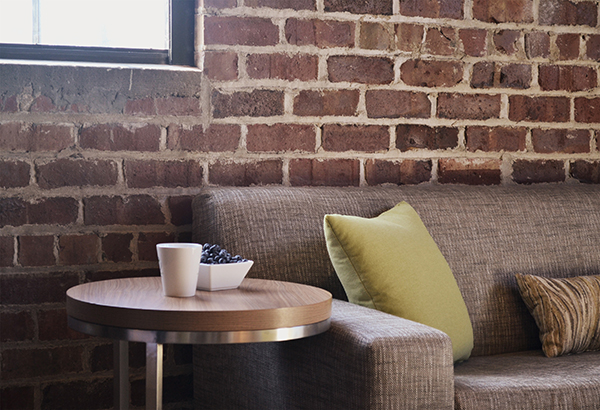
2. Display the History to Look Good and Save Money
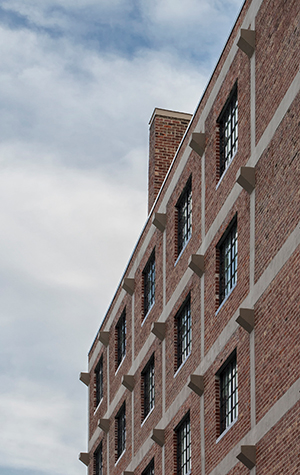
Hotel retrofit projects also afford an opportunity to create a memorable guest experience: when the design celebrates, rather than hides, the existing facility’s unique features, it tells a story about that building’s history.
Throughout Element Moline, guests encounter exposed concrete floors, columns, and ceilings, as well as face brick . . . all preserved from the original facility.
Although some changes were made to improve the setting, the design still respects the building’s legacy. For instance, the formerly monolithic east and west walls now have historically appropriate windows that bring light into all the rooms. In the lobby, custom-designed millwork and black iron piping (holds power and cable) support the raw, industrial feel of the hotel.
Even the courtyard, a private space for guests, carries through the historic feel. In addition to the three to five stories of brick that surround the space, the glulam (i.e., glued laminated timber) beams that pass over the courtyard are reminiscent of the structures over train tracks. A mural shows an aerial photo of 1950s downtown Moline, including the hotel’s formal life as a warehouse.
Not only did the design capture Element Moline’s historic charm, but it also helped reduce construction costs—the project received tax credits through cooperation with the National Park Service, which works with communities to preserve buildings and local history. The organization reviewed and approved every preservation aspect of the project, including the restored interior portions.
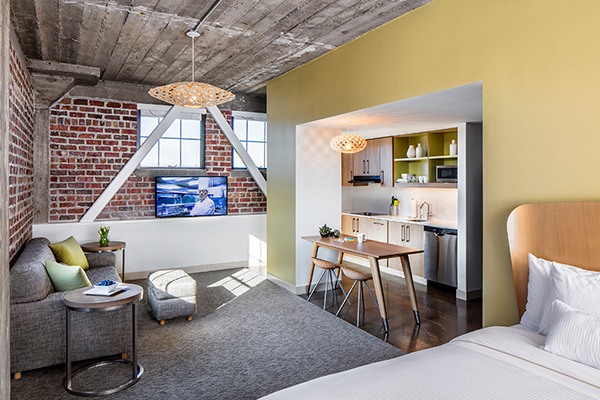
3. Overcome Infrastructure Obstacles
Concerns about heating, cooling, and structural integrity often pop up with adaptive reuse projects, especially with much older buildings. Element Moline was no exception. However, the design and engineering team overcame these obstacles.
Exposing the original three-wythe brick wall in some rooms posed an operational challenge: the wall would not support modern HVAC systems, which meant heating and cooling could be excessively costly. The team responded by adding metal stud drywall to lower parts of exposed brick walls within rooms. Only two inches of spray insulation within the drywall ensure that the walls remain vapor-permeable.
Another challenge was that the east and west walls needed enhanced support to resist wind loads. The response came in the Chevron braced framing system that ornaments the lobby and some rooms. Not only does it provide lateral resistance, but it also points to the building’s industrial roots and adds a contemporary feel.
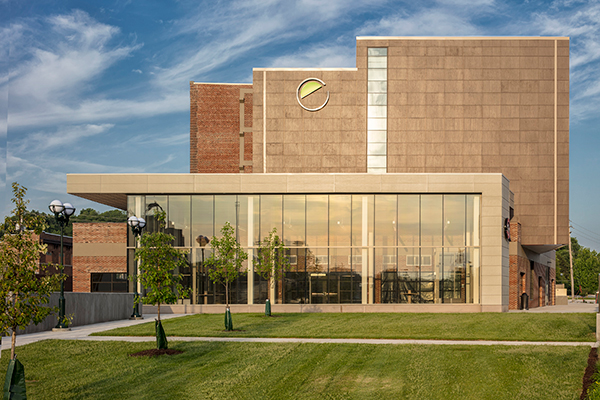
4. Make a Sustainable Model
If the purpose of sustainability is to preserve resources and minimize environmental impact, then hotel repurposing projects provide an ideal example of that purpose in action. Regardless of whether a project earns certification, the very nature of adaptive reuse suggests environmental appreciation. Think about all the building materials, fossil fuels, and land that are saved.
With Element Moline, the marriage of the eco-conscious Element brand and the historic O’Rourke Building appeals to sustainability-minded guests. Beyond the exposed aspects of the original building, the hotel takes it several steps further. For instance, artwork made of recycled objects (e.g., bicycle parts, tennis rackets) decorates lobby walls. Restrooms offer low-flow faucets, toilets, and showers, as well as all-natural vegan body lotion, shampoo, conditioner, and soap.
A retrofitted hotel gets another sustainability star when it becomes part of an intermodal setting and therefore reduces guests’ reliance on automobiles. Element Moline connects to a train station and has a bus transfer facility right across the tracks.
Adaptive reuse hotel projects also have a greater potential for high walkability scores. If a hotel moves into an existing facility, there’s a good chance that other destinations are very close. Element Moline, for instance, is within walking distance of the Taxslayer Center (12,000-seat multipurpose arena), John Deere Pavilion (museum), Great River Trail (walking and biking), and downtown Moline and its selection of premium restaurants. The hotel even has a “Bikes to Borrow” program that encourages guests to pedal a hotel-supplied bicycle to their local destination.
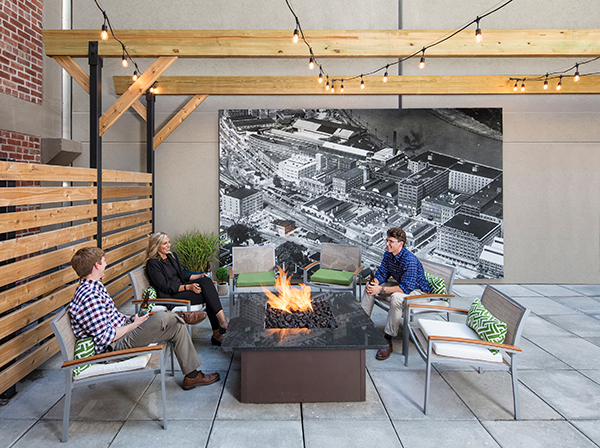
Old but Hip
In the 1950s, the O’Rourke Building was a Sears Roebuck & Company warehouse. Its employees likely never imagined that nearly three quarters of a century later, the very building in which they worked would become an extended stay hotel.
Because its owners elected to move into a historic building, Element Moline has become not just a hotel, but also a kind of museum that curates an unforgettable experience. Its hip plus historic vibe appeals to everyone from millennials exploring the Quad Cities to business travelers coming into the region to work with local organizations.
Read April’s other posts on hospitality architecture that impresses: Multigenerational Appeal, Local Connections and Customer and Context.
Contact us to learn more about hospitality design or comment below to share your thoughts on this post.
